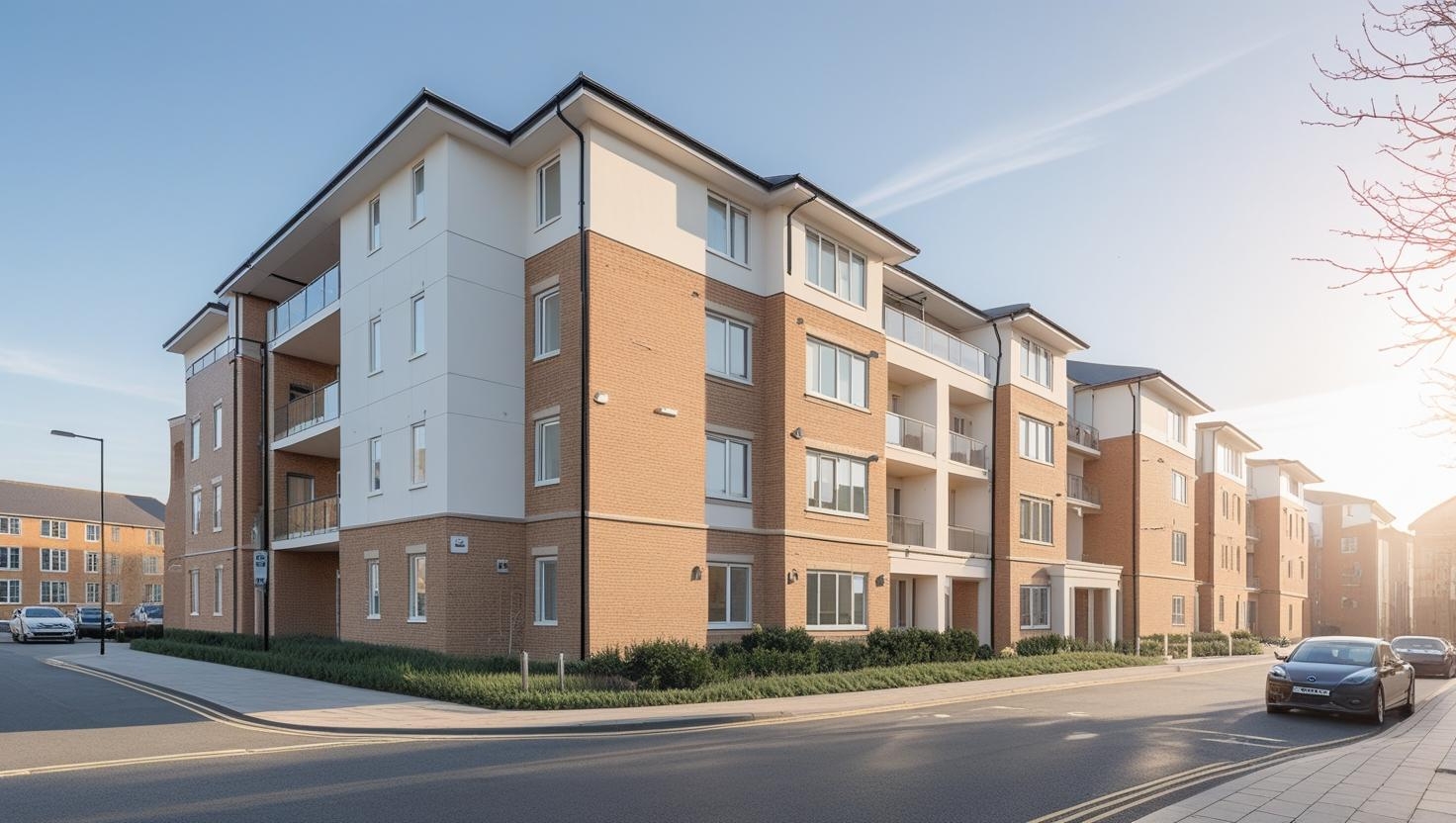What Is Assisted Living Property Investment?
Introduction
As the private rental sector continues to shift, many landlords are beginning to re-evaluate how they hold and manage their property assets.
Assisted living property investment is one route that is gaining quiet attention. It offers an alternative to traditional buy-to-let that prioritises long-term income, reduced involvement, and built-in compliance.
This article will walk through what assisted living investment means, how it works, and why more landlords are choosing it as part of a future-focused strategy.
What Do We Mean by “Assisted Living”?
Assisted living refers to homes occupied by people who require some form of daily support but who do not need institutional care.
These tenants may be:
-
Adults with physical or learning disabilities
-
Individuals with mental health needs
-
People on a recovery pathway (such as addiction, homelessness, or social re-entry)
-
Young adults transitioning from care
-
Vulnerable groups supported by local councils or registered charities
In these properties, care and tenancy management are handled by regulated providers. The focus is on stable, long-term housing with the appropriate support in place. These are not care homes. They are ordinary houses and flats with structured support.
How Property Investors Fit In
From an investment standpoint, assisted living properties are privately owned but leased to a housing provider or care organisation.
Here is the typical structure:
-
You purchase the property
-
You lease it under contract to a regulated provider
-
They manage the tenants and support provision
-
You receive a fixed rental income, usually under a multi-year lease
-
You have no day-to-day responsibilities
Most agreements are full repairing and insuring (FRI) leases. That means the provider is responsible for maintenance, tenant issues, compliance, and regulatory standards.
You remain the owner but step back from operations.
Why Some Landlords Are Choosing This Model
There is no one-size-fits-all approach to property investment. But for landlords looking to simplify, stabilise, or reduce risk in their portfolio, assisted living presents several practical advantages.
Compared to traditional buy-to-let:
| Traditional BTL | Assisted Living Model |
|---|---|
| Owner manages tenants | Provider manages entirely |
| Income affected by voids or arrears | Income is fixed and agreed in advance |
| Short-term contracts and turnover | Multi-year lease agreements |
| Compliance burden on landlord | Handled by regulated provider |
| Hands-on role | No ongoing involvement (after setup) |
-
This shift appeals to landlords who want to preserve income without continuing the daily obligations that come with private renting.
Key Benefits of Assisted Living Investment
Many of the landlords we speak to are drawn to this model for three main reasons.
1. Stability of Income
Because your rental income is fixed under contract, it is unaffected by arrears, void periods, or tenancy turnover. That predictability becomes particularly valuable during periods of legislative or market change.
2. Operational Distance
The day-to-day management, tenant placement, and regulatory oversight are all handled by the housing provider. You are not expected to be involved beyond the initial setup.
3. Built-in Compliance
These properties are usually governed by higher regulatory standards than private rentals. This means legal compliance, health and safety, and safeguarding protocols are already embedded.
Considerations Before Proceeding
As with any investment, due diligence matters.
If you are considering assisted living property, here are a few areas to review:
-
Lease structure: Make sure it outlines rent terms, responsibilities, and exit options.
-
Track record of the provider: Are they regulated? Who places the tenants? How long have they been operating?
-
Local demand: Supported housing is most effective in areas where local authorities or social care partners are actively placing residents.
-
Yield expectations: Many models offer fixed net yields, often around 10 percent. Always ensure that is sustainable and contractually supported.
You should also seek independent legal and financial advice before entering into any agreement.
Conclusion
Assisted living property investment is not about chasing yield. It is about stepping into a model designed for consistency, protection, and reduced involvement.
You still own the asset.
You still receive income.
But the burden of management and compliance is transferred to those best placed to deliver it. These are professional, regulated providers with clear social mandates.
For landlords looking to move away from the hands-on demands of private letting, without leaving property altogether, this model offers a structured and resilient alternative.
If you would like to explore it further, we are here to talk. Quietly and without obligation.
Book a private call here


0 Comments